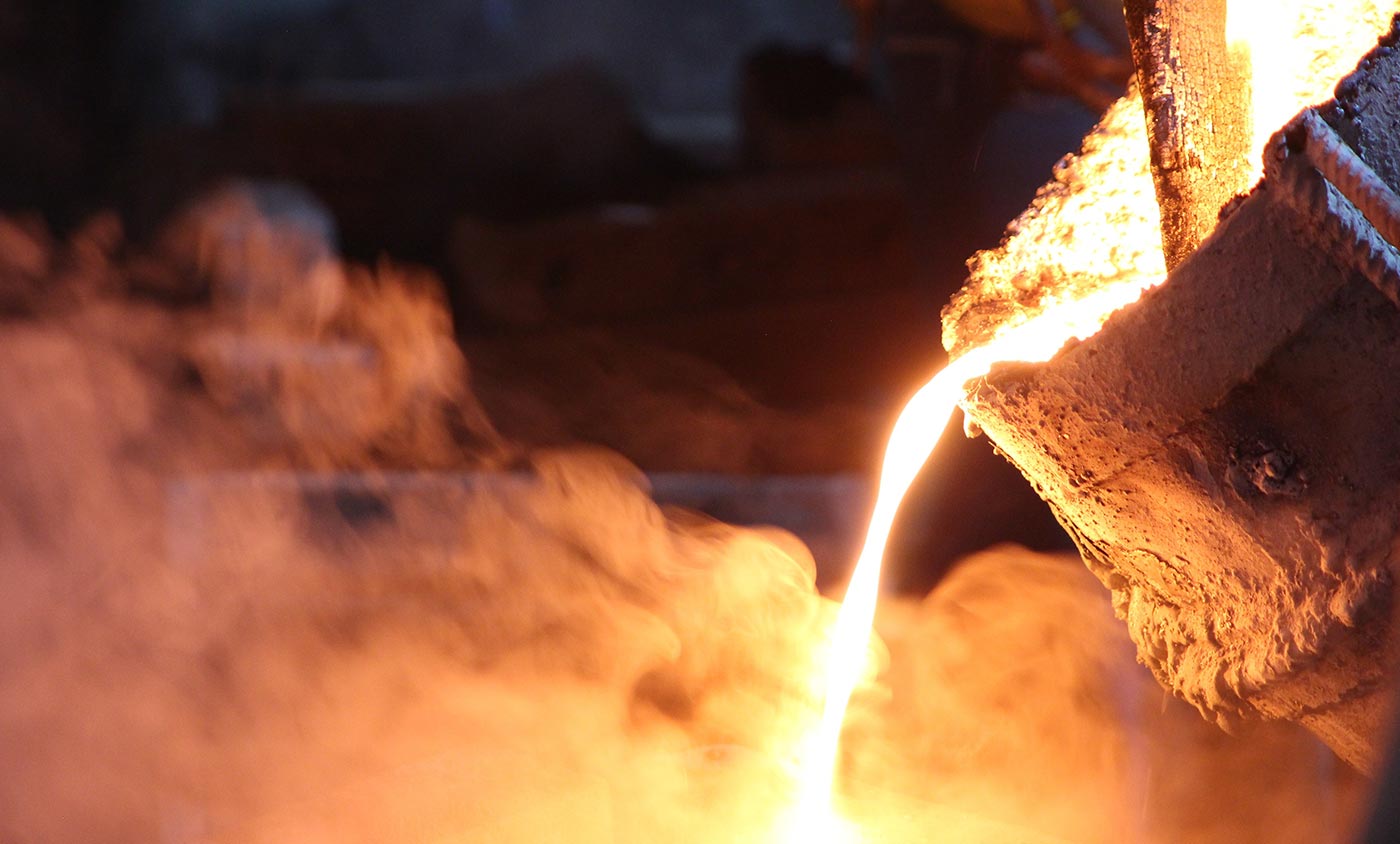Various manufacturing processes for metal parts – Part 1 – Castings
Material forming method is an important aspect of metal part design, a crucial factor in the manufacturing process, and a matter of great concern for manufacturers. Today, we will take a look at various metal-forming processes. Metal Casting 1.1 What is a casting process? The production








